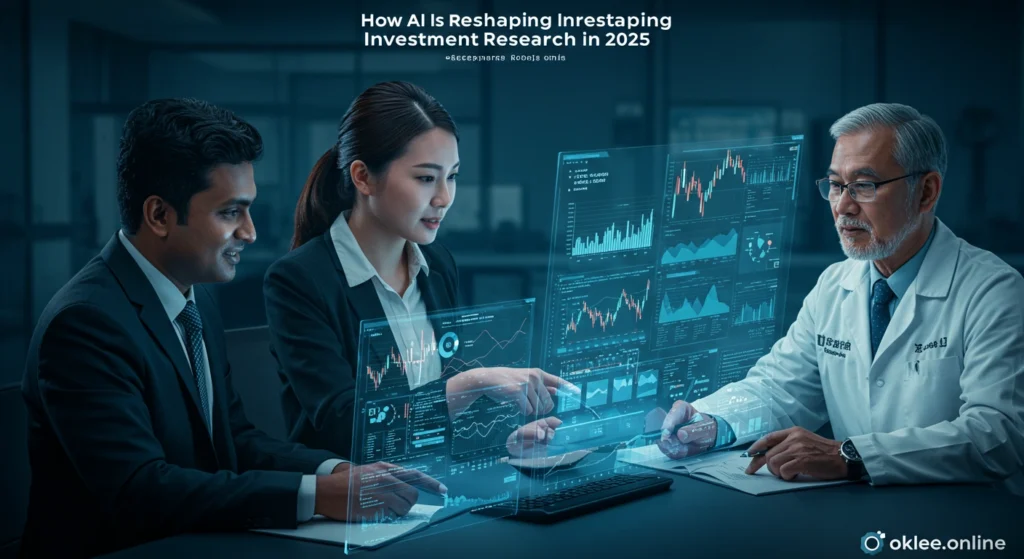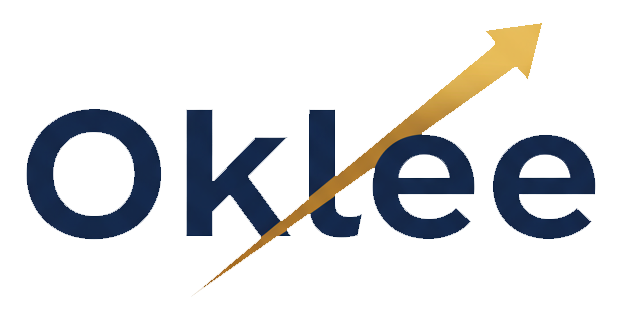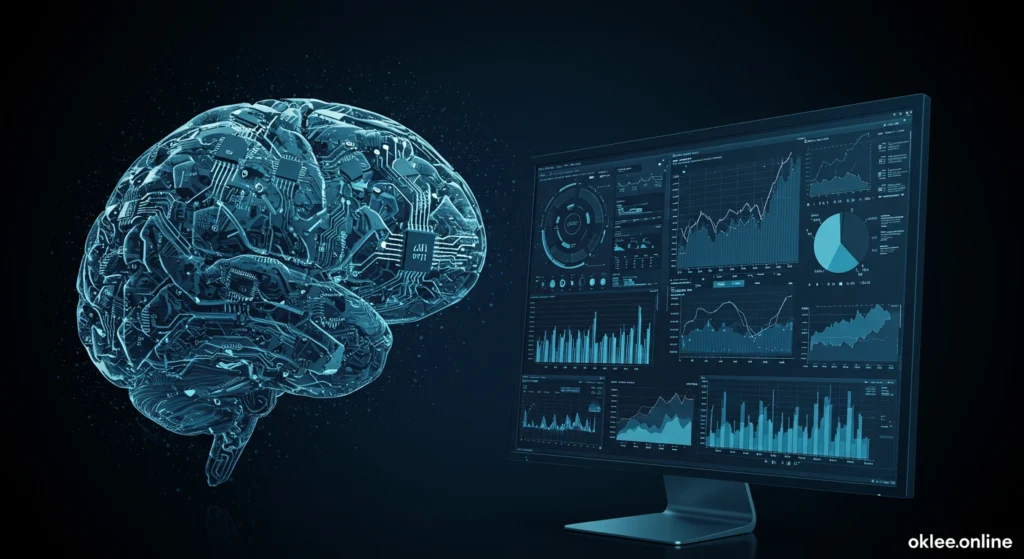The investment world is no stranger to disruption. But in 2025, AI is no longer just a buzzword—it’s a core part of how Wall Street does business. From parsing financial statements in seconds to predicting macro trends using real-time data, AI in investment research is moving fast and changing everything.
If you’re an investor, advisor, or analyst, this shift matters. And if you’re still relying on manual spreadsheets and human-only insights, you might already be behind.
Let’s break down how finance automation is changing the research landscape—and what this means for the future of investing.
1. AI Is Automating the Boring (But Crucial) Research Tasks
Traditional investment research involves digging through:
- SEC filings
- Earnings calls
- Analyst transcripts
- Financial statements
- News articles and market data
These tasks are time-consuming and often repetitive. In 2025, AI tools like natural language processing (NLP) and large language models (LLMs) are taking over much of this grunt work.
Examples:
- Automatically summarizing IPO prospectuses
- Extracting sentiment from earnings calls
- Flagging risks in 10-K filings
- Identifying accounting red flags using pattern recognition
Firms using these tools gain speed, reduce human error, and free up analysts to focus on higher-level strategy.
2. Real-Time Data = Real-Time Research
In the past, research often lagged behind the market. Analysts would publish after-the-fact insights or base reports on last quarter’s numbers.
Now, AI enables real-time research:
- News sentiment tracking: Tools analyze financial headlines across platforms like MarketWatch, Bloomberg, and Reuters in seconds.
- Social media monitoring: Platforms scrape investor chatter (like Twitter or Reddit) to detect early shifts in sentiment.
- Alternative data: Satellite images, credit card swipes, app usage—AI can digest it all to forecast earnings faster than traditional analysts.
This is how hedge funds and smart retail investors are staying one step ahead.
3. AI-Driven Forecasting Is Getting More Accurate
Forecasting revenue or stock prices has always been part art, part science. But in 2025, AI models trained on decades of financial data are now doing it better.
These systems use:
- Machine learning regression models
- Time series analysis
- Deep learning for complex relationships between macro trends and company performance
Use case:
An AI model might combine Fed rate changes, Google search trends, supply chain delays, and consumer sentiment to predict Q3 earnings for a major retailer—weeks before Wall Street analysts revise their estimates.
The result? Smarter, faster investment decisions.
4. Portfolio Management Gets Smarter with AI Assistants
We’ve seen robo-advisors before. But in 2025, they’ve evolved into intelligent AI co-investors that support portfolio strategy in real time.
Examples:
- Flagging overexposure to certain sectors
- Rebalancing based on real-time volatility
- Running stress tests based on geopolitical or economic simulations
- Generating custom ETF combinations tailored to an investor’s current risk appetite
This isn’t replacing financial advisors—it’s making them more effective.
5. Risk Analysis Is Faster and More Dynamic
In 2025, financial markets are moving faster—and so are the risks. AI helps identify and respond to them almost instantly.
How?
- Monitoring thousands of data points for early warning signs (e.g., default risk, regulatory changes)
- Scanning international headlines for geopolitical risk
- Running AI-driven Value-at-Risk (VaR) models on dynamic portfolios
- Using AI to stress test portfolios under various inflation, interest rate, or recession scenarios
This kind of adaptive risk management is now a core feature of Wall Street AI systems.
6. AI Is Changing the Role of the Analyst
Investment analysts aren’t going extinct. But their jobs look very different now.
Instead of building spreadsheets from scratch, analysts:
- Validate and interpret AI-generated insights
- Combine qualitative judgment with machine output
- Focus more on client-facing work, strategy, and storytelling
- Learn to prompt, train, and fine-tune AI tools
The human still matters—but they work differently now.
7. The Ethical Questions Are Growing
AI brings power, but also complexity. Some big questions in 2025 include:
- Bias: Are models favoring certain companies based on flawed training data?
- Transparency: Can firms explain how an AI reached its recommendation?
- Job impact: Are junior analysts being phased out entirely?
- Compliance: Is AI output subject to SEC scrutiny?
Firms that adopt AI responsibly—and can explain their decisions—are earning more trust from clients and regulators.
Leading Firms Embracing Finance Automation
Some investment firms and platforms have already gone all-in:
- BlackRock: Using AI to power risk engines and ESG analysis
- J.P. Morgan: Building custom models to monitor global market risk in real time
- Goldman Sachs: Deploying machine learning to refine trading strategies
- Startups like 5Voltavibes.com & FinancePathways.com: Offering AI-powered stock screening and research for retail investors
- MarketWatch & JPNN Finance: Integrating AI for faster financial news delivery and earnings insights
How You Can Use AI in Your Own Investing
Even if you’re not on Wall Street, you can still benefit from the rise of finance automation. Tools like:
- Koyfin: Real-time dashboards powered by AI
- FinChat.io or ChatGPT plugins: Ask natural language questions about stocks, earnings, and fundamentals
- YCharts: Visualize historical data and screen for undervalued stocks
- Google Finance + AI tools: Combine free tools with AI to generate forecasts or screen sectors
Whether you’re building long-term portfolios or day trading, AI in investment research is now a competitive edge.

Final Thoughts
In 2025, AI isn’t replacing investors—it’s reshaping how they work. From parsing documents to predicting earnings, finance automation is making research faster, smarter, and more accessible.
For firms that embrace this shift, there’s a huge competitive advantage. For investors, it means better tools, deeper insights, and the ability to move faster than ever.
But here’s the key: Use AI as a tool, not a crutch. Human judgment still matters. The best results come when tech and experience work together.
Want more insights like this?
Subscribe to the oklee.online newsletter to get weekly updates on AI investing trends, stock picks, and automation tools transforming the financial world.



